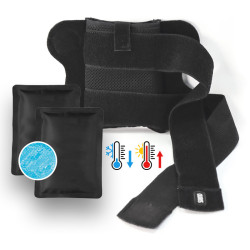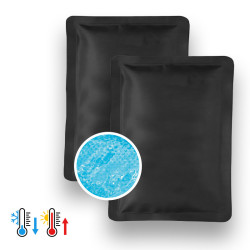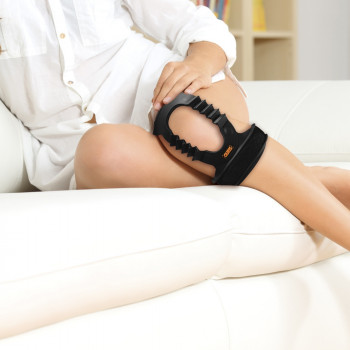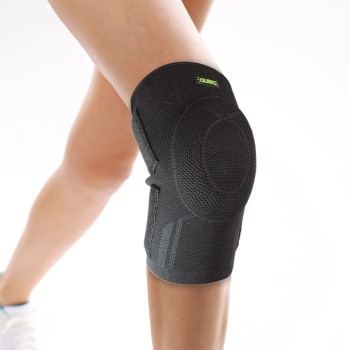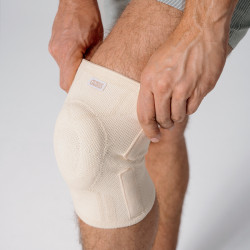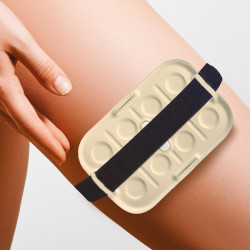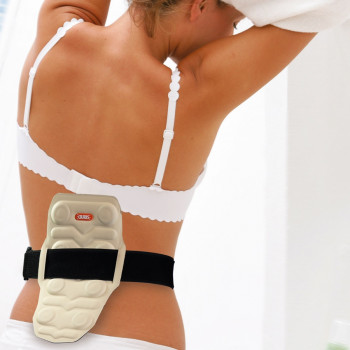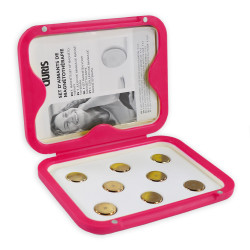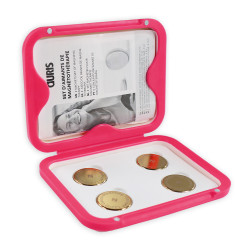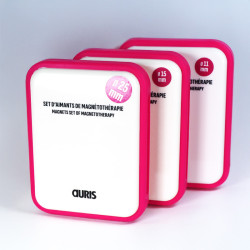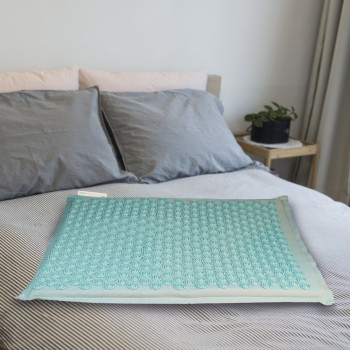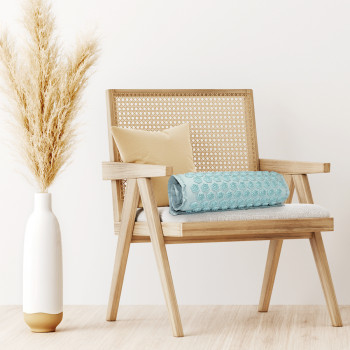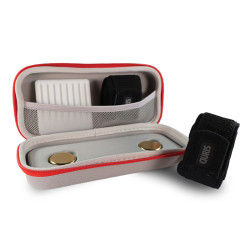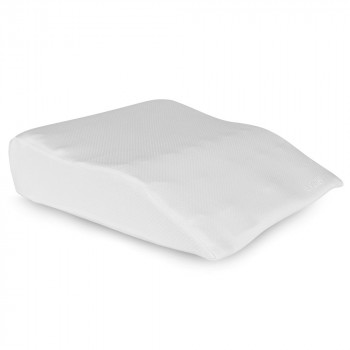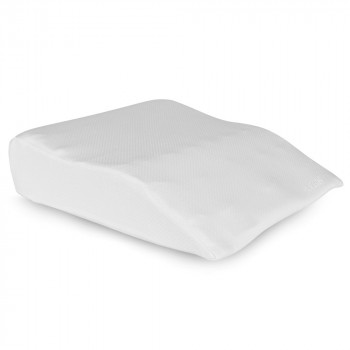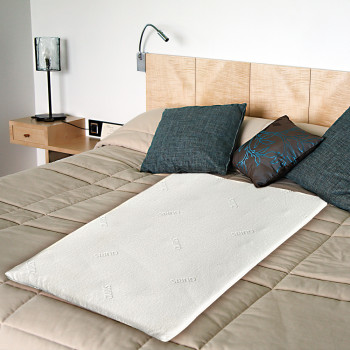- 50% off the second cheapest item with the code MDAY2025
- 50% off the second cheapest item with the code MDAY2025
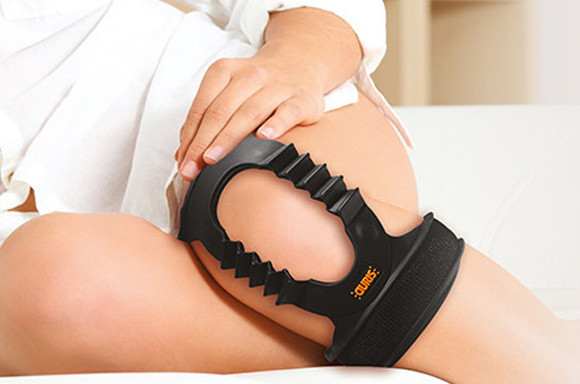
Leg / Thigh / Knee
This is a very complex joint, involving three bones: the femur, the tibia and the patella.
Cartilage ensures that the knee moves smoothly, so it's very important to preserve it. Our Auris R&D department has developed an original range of magneto-active orthoses for all knee pathologies. Simple to use, highly effective and lightweight, they facilitate all movements.
Involving the continuous application of magnets to the area to be treated, magnetic therapy has been very popular with the medical profession in recent years, due to its effectiveness, safety of use and positive effect on chronic pain.

